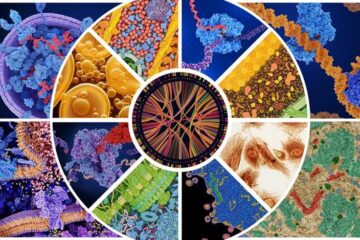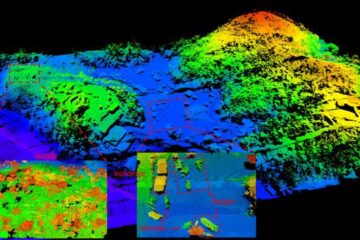Next best thing: wood chip bedding for cattle

Research indicates that wood chip bedding can be an economic alternative to straw bedding for beef cattle without increasing greenhouse gas emissions during the manure handling process.
Research from Agriculture and Agri-Food Canada (AAFC) suggests that wood chip bedding for beef cattle can be an economic alternative to straw bedding, without increasing greenhouse gas emissions during the manure handling process.
Composting is gaining rapid acceptance by the beef cattle industry. Before the value of this manure management option can be fully determined, a few questions need to be answered about greenhouse gas emissions that contribute to climate change, say researchers in AAFC’s Environmental Health Program. The scientists are helping develop farm management practices to promote innovation for economic growth, maintain security of the food system, and protect overall health of the environment as part of Canada’s Agricultural Policy Framework, a recently adopted government agriculture program.
In this study, project leader Xiying Hao and her colleagues Chi Chang and Frank Larney compared composted manure from cattle bedded with traditional straw or wood chips to determine the respective levels of greenhouse gas emissions. The work was conducted in the summer of 2001 at the AAFC Research Centre in Lethbridge, Alberta. Their findings, published in the January-February 2004 issue of the Journal of Environmental Quality, show that overall the emissions of greenhouse gases (carbon dioxide, methane and nitrous oxide) were quite similar for the two types of bedding during open windrow composting.
Recently, the lumber industry has been promoting the use of wood chips as an alternative bedding material to traditional cereal straw. Wood chip bedding is a mixture of bark, post peelings, and sawdust. Compared to straw bedding, wood chip bedding requires less frequent additions, keeps animals cleaner, and can be cheaper in drought years when straw is scarce. However, the effect of different bedding materials on greenhouse gas emissions during composting of manure had not been previously studied.
Greenhouse gases are emitted during the composting process. While carbon dioxide makes up the majority of total emissions, the impact of methane and nitrous oxide is actually 21 and 310 times greater, respectively, than that of carbon dioxide. The AAFC researchers found that, for both straw and wood chip bedded cattle manure, nitrous oxide emission accounted for less than 1% of total nitrogen loss while methane emission accounted for less than 6% of total carbon loss.
An interesting added benefit of using wood chips is that less nitrogen is lost during composting. Typically, nitrogen is lost to the atmosphere as ammonia. Volatile losses of nitrogen not only reduce the nutrient value of the final compost but also have negative effects on air quality. In this study, the amount of nitrogen lost from wood chip bedded manure was less than a fifth that from cereal straw bedded manure.
“Producers should consider using wood chip bedding for their cattle, particularly at times and in locations where it is economically advantageous. Producers can reduce their costs, while helping improve quality of the environment,” concludes Xiying Hao.
More research is needed to determine the effects of different bedding materials on the soil and crop quality, as well as to monitor greenhouse gas emissions from the compost after it is applied.
Media Contact
More Information:
http://www.agronomy.orgAll latest news from the category: Agricultural and Forestry Science
Newest articles

A universal framework for spatial biology
SpatialData is a freely accessible tool to unify and integrate data from different omics technologies accounting for spatial information, which can provide holistic insights into health and disease. Biological processes…

How complex biological processes arise
A $20 million grant from the U.S. National Science Foundation (NSF) will support the establishment and operation of the National Synthesis Center for Emergence in the Molecular and Cellular Sciences (NCEMS) at…

Airborne single-photon lidar system achieves high-resolution 3D imaging
Compact, low-power system opens doors for photon-efficient drone and satellite-based environmental monitoring and mapping. Researchers have developed a compact and lightweight single-photon airborne lidar system that can acquire high-resolution 3D…





















